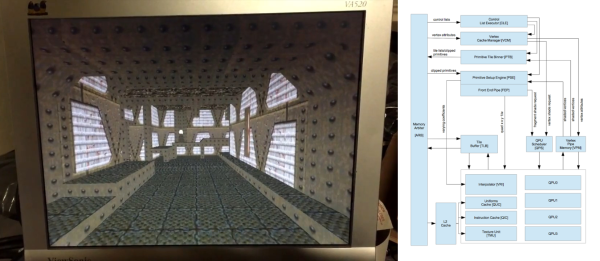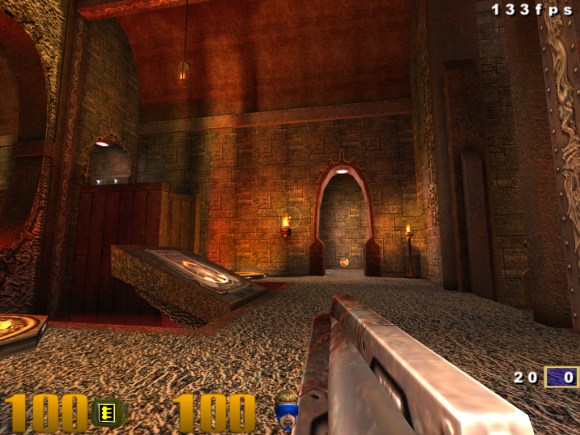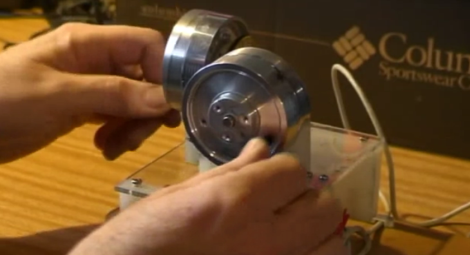Researchers at Binghamton University have built their own graphics processor unit (GPU) that can be flashed into an FGPA. While “graphics” is in the name, this GPU design aims to provide a general-purpose computing peripheral, a GPGPU testbed. Of course, that doesn’t mean that you can’t play Quake (slowly) on it.
The Binghamton crew’s design is not only open, but easily modifiable. It’s a GPGPU where you not only know what’s going on inside the silicon, but also have open-source drivers and interfaces. As Prof. [Timothy Miller] says,
It was bad for the open-source community that GPU manufacturers had all decided to keep their chip specifications secret. That prevented open source developers from writing software that could utilize that hardware. With contributions from the ‘open hardware’ community, we can incorporate more creative ideas and produce an increasingly better tool.
That’s where you come in. [Jeff Bush], a member of the team, has a great blog with a detailed walk-through of a known GPU design. All of the Verilog and C++ code is up on [Jeff]’s GitHub, including documentation.
If you’re interested in the deep magic that goes on inside GPUs, here’s a great way to peek inside the black box.














